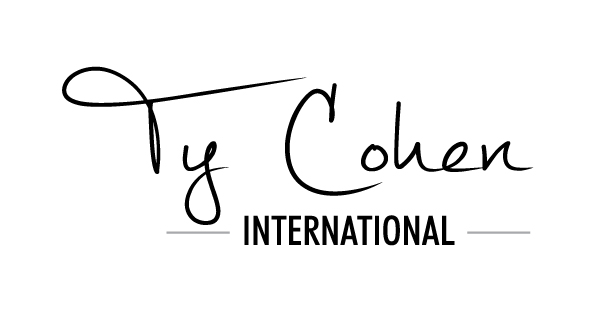blog, Recent Blog Posts Home
Why The Words Per Page On Amazon Matters
Lots of authors who come to publish their books on Amazon Kindle want to understand how many words will be printed per page when they finally submit their story. In books and ebooks on Amazon, calculating the number of words per page will help you ascertain how long your novel needs to be to hit a particular page count on Amazon – and this is actually very important if you want to apply for particular promotions where you need a certain number of pages to qualify.
Understanding how many pages your book will be on Amazon also helps you to qualify how much you’ll need to write to create a book-length that fits the genre expirations from your reader. Doing this is crucial as if your book is a wildly different length compared to other books in the genre this will be off-putting to readers who will therefore be less likely to buy your book.
However, understanding how many words per page there are on Amazon is actually more difficult than you might think. Numbers can actually range quite broadly and there are some reasons why there is such variation from one book to the next.
So how does Amazon decide how many pages there are in a particular book?
If you have uploaded a physical book Amazon will take the number of pages in the largest section of the book. You can find your page count listed under ‘product details’ on your sales page.
If you only have an eBook listed and no physical copy, Amazon calculates the pages by estimating the number of page turns on a Kindle. Amazon has a set font size and line spacing that they use for Kindle and therefore that’s what they’ll use to determine the number of pages.
In every circumstance, the number of pages on an eBook will be fewer than that of a physical book. Amazon won’t automatically update the eBook version to match. But you can contact support and request that they do so.
What factors can change the number of words per page?
The massive variation between the number of words per page on Amazon books varies due to the following reasons:
Characters per page
Pictures, graphics, tables and so on which take up space on the page
Dialogue – more dialogue means more white space where new paragraphs are created.
Longer paragraphs – some book types such as academic books are likely to have longer, more condensed paragraphs and therefore less white space on the page. Books such as graphic novels are lower on content and likely to have more white space on the page.
When it comes to book sales, manage reader expectations is important. So it’s good to check how many pages your book is listed as having on Amazon, and if it doesn’t match your eBook or is outside your typical genre limits – you might want to consider how you can rectify this.
To Discover The Easy Blueprint to Creating A Monthly Passive Income Stream Using amazon.com, (In 60 Days or Less) with Near-Zero Up-Front Investment Visit http://www.kindlecashflow.com/3steps”

